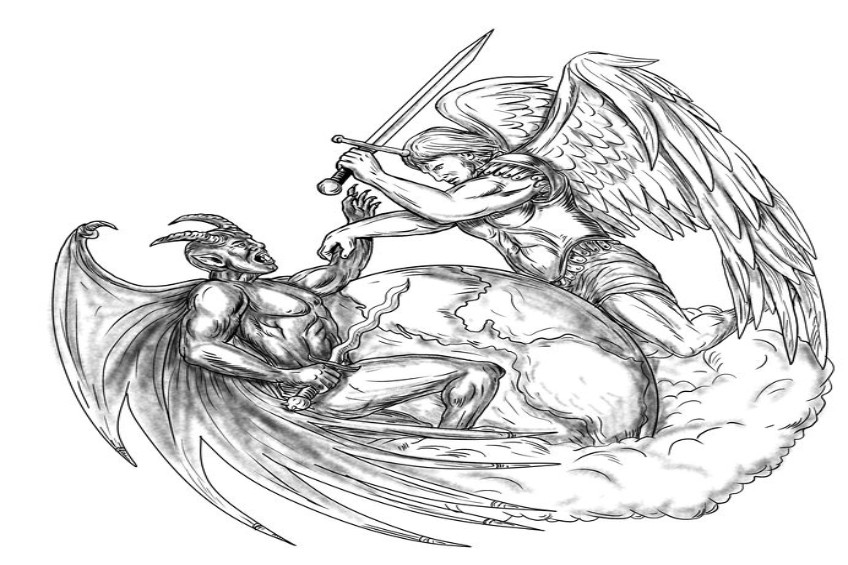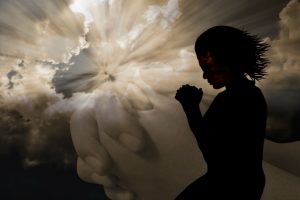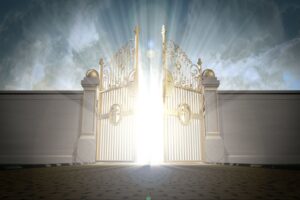Carl Gustave Jung (1875-1961) is considered the originator of analytical psychology. Contrary to Freud’s emphasis on solely scientific understanding of psychoanalysis, Jung’s perspective was based more on the religious symbolism of psychoanalysis. Jung theorized the existence of a collective unconscious in which “primordial images” and “archetypes” were innate in every human being. Jung believed that religion represented a fundamental element of the psychotherapeutic process. Angels and spiritual beings are a part of this process.
According to Jung, the human being could bring unconscious contents into consciousness through a process of individuation. This was also referred to as a journey of the soul, called Heilsweg. Jung’s analytical psychology focused on the importance of the inherent archetypal symbols that could be universally applied to human life. He also placed an emphasis on symbolism, in waking and dreaming life.
Jung did extensive inner work with his unconscious mind. After a break with his work with Freud, he began his journey of exploration. Among some of his spiritual and religious related works were Modern Man in Search of a Soul (1933), Psychology and Religion (1938), Psychology and Alchemy (1953), The interpretation of Nature and the Psyche (1955), Archetypes and the Collective Unconscious (1959), and Memories, Dreams, and Reflections (1965).
Jung’s Psychological Aspect of Angels
Jung taught that some aspects of the unconscious were seen as autonomous living entities of the psyche. Using this method, it is possible for one to approach the archaic mentality from a conscious position. This would then be acknowledging the unconscious and its manifestation of personifications, such as demons, angels, and spirits. For Jung, angels are simply one part of an elaborate system of symbolism reflective within the human psyche, not literal spiritual beings existing independently of our perceiving minds.
The Connection between birds and Angels
Jung always spoke of angels within the framework of his theory of the psyche. He viewed birds as symbolizing spirits and angels. Angels, for Jung, also symbolize mythological births. He associated them with “the rebirth of the phoenix” and made the remarks: “Divine messengers frequently appear at these mythological births, as can be seen from the use we still make of Godparents.” He believed the age-old legend that the stock who brings the newborn child from the sky is an angelic messenger from God.
Jung’s Archetypal Principles Related to the Fallen Angels
Jung also applies his archetypal principles to this passage which references the fallen angels from Genesis (6:2): the sons of God saw the daughters of men, that they were fair; and they took them as wives of all of which they chose.” Jung asserts here that the good and rational powers that rule the world are in a constant battle with the chaotic and primitive force of passion.
He refers to the libido as being both good and devil, being both God and the Devil. He goes on to say that if evil were destroyed, even God himself would suffer a major loss. Moreover, Jung says that human beings can lure the Gods down into the chaotic passion, and that one can abandon their own humanity by connecting with the divine.
Jung’s Further Acknowledgment of Angel Legend
Jung further acknowledges the Jewish legend according to which Adam took a demon-wife named Lilith. Adam had forced her to return to him using the help of three angels. Here, the motif of the helpful bird is used again. According to Jung’s principles, angels signify an upper, aerial, spiritual triad in conflict with the lower feminine power.




